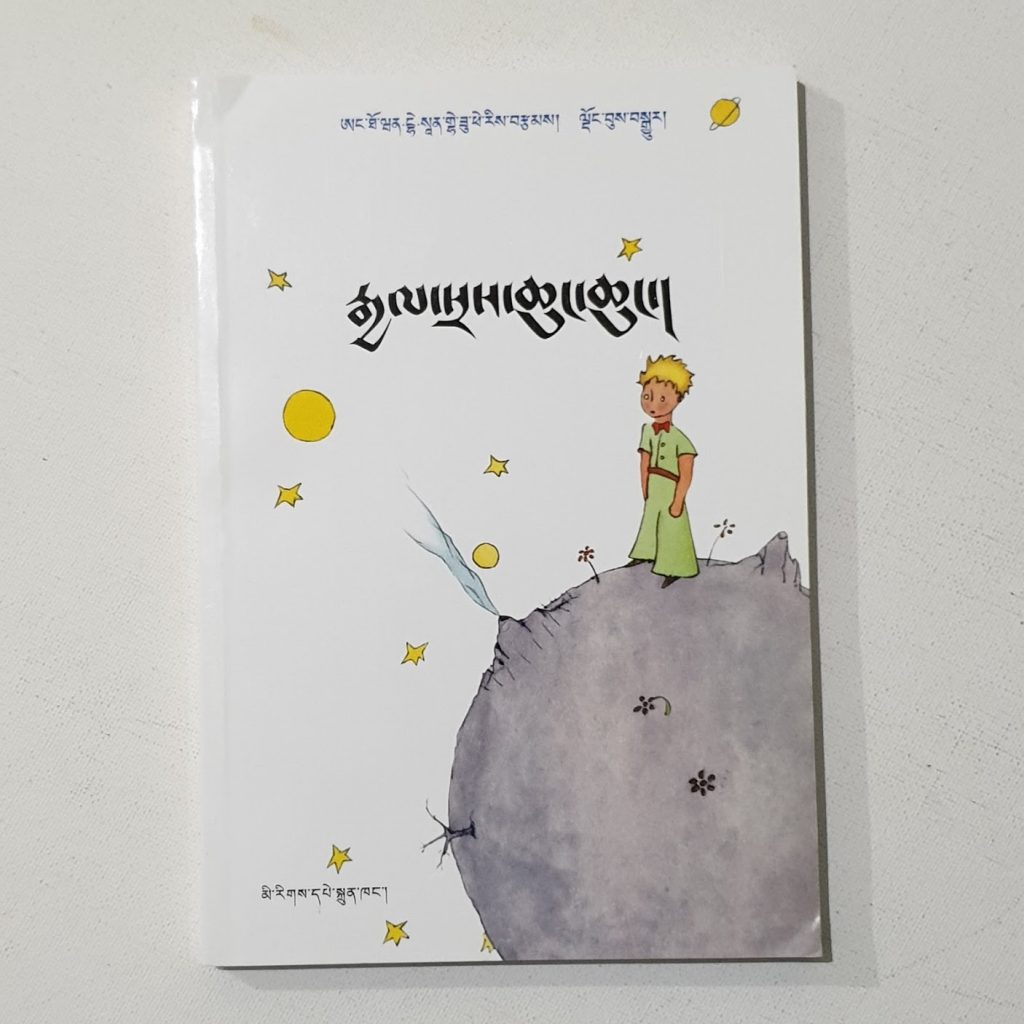
རྒྱལ་སྲས་ཆུང་ངུ་། — in Tibetan.
The Tibetan language is a language spoken primarily in the Tibetan Plateau of Central Asia, including the autonomous region of Tibet in China, parts of India, Nepal, Bhutan, and other surrounding regions. It holds significant historical, cultural, and religious importance in the region.
Tibetan is the most widely spoken form of the Tibetic languages. It is based on the speech of Lhasa, an Ü-Tsang (Central Tibetan) dialect. For this reason, Standard Tibetan is often called Lhasa Tibetan. Tibetic languages belong to the Tibeto-Burman language family, which is part of the larger Sino-Tibetan language family. Other Tibetic languages are Dzongkha (spoken in Bhutan) and Ladakhi (spoken in Ladakh, India).
Tibetan has its own unique script called the Tibetan script (Uchen script). It is an abugida writing system with each letter representing a consonant with an inherent vowel sound that can be modified with vowel marks.
Tibetan is the language of Tibetan Buddhism, which has been a dominant cultural and religious force in the region for over a thousand years. Many important Buddhist scriptures, including the Tripitaka (Buddhist canon), are written in Classical Tibetan.



